“In Phoenix, we use a lot of spray foam not only because of its R-value and renewability, but because it is monolithic and therefore is more aesthetically pleasing when the roof is visible from an upper balcony or by hillside neighbors,” Schwoerer explains. “Foam roofs can also be top coated with a custom color to match the building’s exterior walls, which makes for a nice finish.”
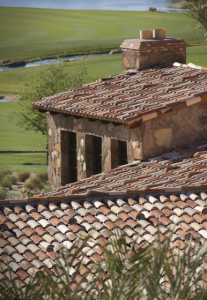
The clay tile was installed directly over the underlayment unlike concrete tile, which is installed on wood battens.
To accent the project, all the exposed flashings (edge metal, roof-to-wall channel, head wall and valley ends) were fabricated from 20-ounce copper. Century Roofing buys copper in sheet form and fabricates it in the company’s metal shop. “On the chimneys, we did a copper basket weave design,” Schwoerer recalls. “The copper really adds that finishing touch that our customer comes to expect from us.”
The roof was then stocked with tile, which was already blended in the pallet for ease of loading. Stocking the tile is a crucial step because the tile is so heavy framing will settle and would crack drywall or stucco if done after those trades.
Once the stucco and paint were completed, installation of the roof tile could commence. The clay tile was installed directly over the underlayment unlike concrete tile, which is installed on wood battens. Clay bird stop was installed at the eaves with a starter/booster tile for aesthetics.
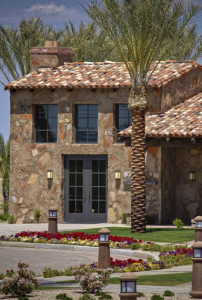
Installing a clay tile roof requires much more labor, especially when a two-piece tile is specified. For every square foot of roofing, you have two pieces—tops and pans.
Although Schwoerer’s crew is well-versed in clay tile installations, he notes installing a clay tile roof requires much more labor, especially when a two-piece tile is specified, like on La Casa, The Club at Encanterra. “For every square foot of roofing, you have two pieces—tops and pans,” Schwoerer notes. “This roof was a full mud set, meaning that each top had mortar weeping out of it. This gives it an authentic Old World look, and Shea Homes liked that.”
Of course, Century Roofing’s job-specific safety plan, which includes a safety-monitor system, ensured a strict safety environment.
Continuing Rewards
Schwoerer has been personally rewarded many times since his crews completed the job at La Casa, The Club at Encanterra. He was happy to be involved with what was considered a landmark project in Phoenix.
“It’s a beautiful building,” he says. “I have a picture of it in my office and it’s displayed in Boral’s clay tile brochure.”
Roof Materials
Clay tile: Cielo tiles in a custom Encanterra Blend, which features 20 percent of each color: Anejo Gold, Tierra, Canela, Sangria and Fuego from Boral Roofing
Underlayment: TW Underlayment from TAMKO Building Products Inc.
Spray-foam roof: Roof-Tek from CFS Coating & Foam Solutions LLC
PHOTOS: US TILE BY BORAL

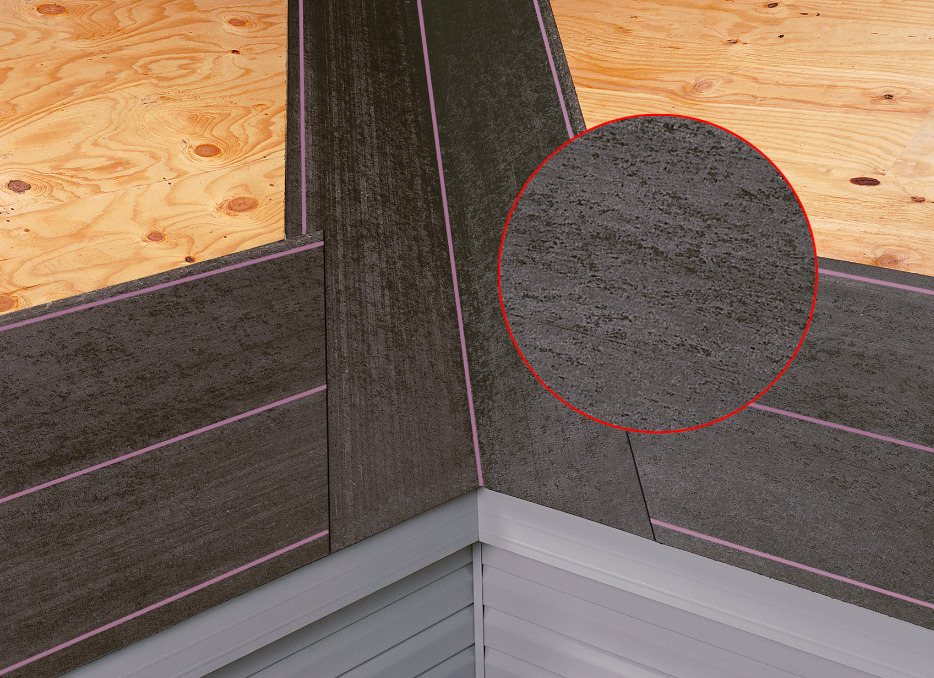
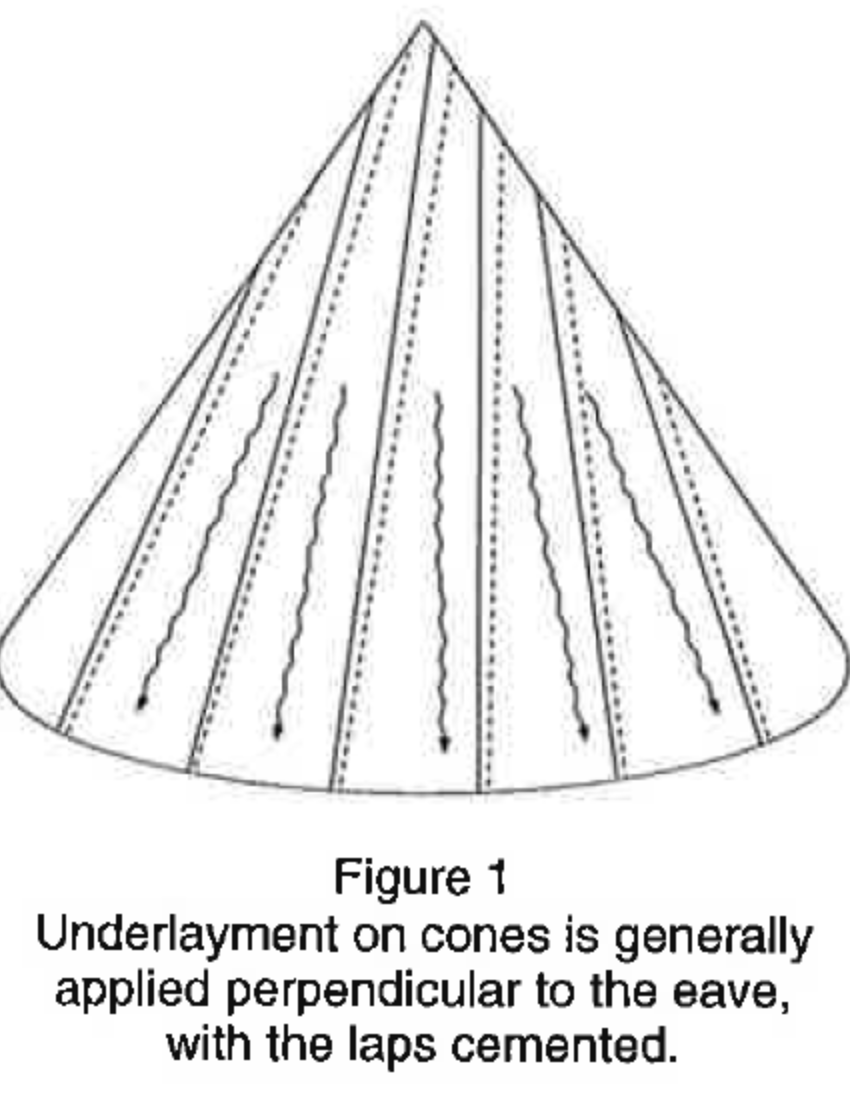
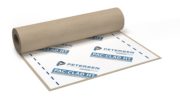
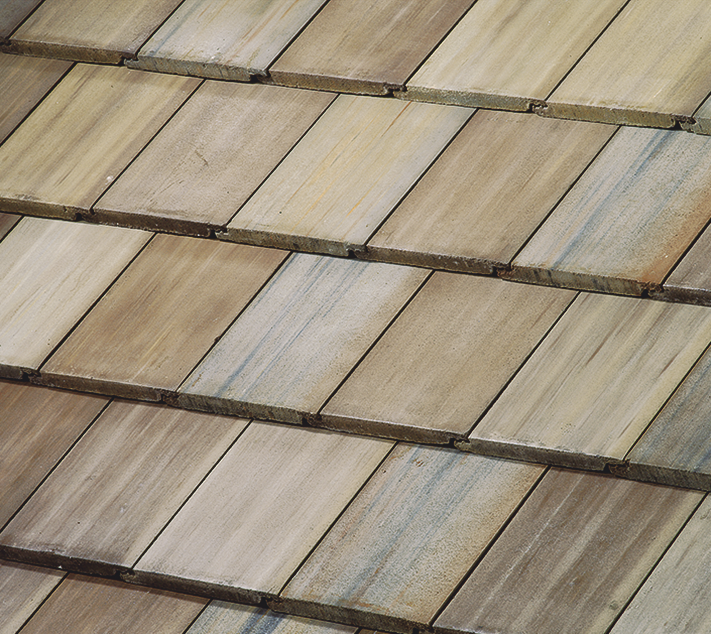
Be the first to comment on "Clay Tile Roofing Protects a Subdivision’s Clubhouse from the Hot Phoenix Sun while Providing an Old World Look"